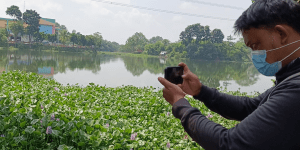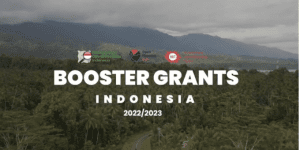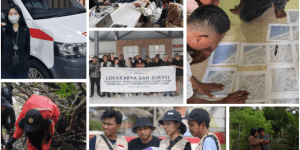Mapping for Impact: Addressing Data Quality through Community Collaboration
In 2004, Steve Coast introduced OpenStreetMap (OSM), a platform designed to provide unrestricted geospatial data to a worldwide audience. OSM is a testament to global collaboration, where volunteers, whether armchair …












